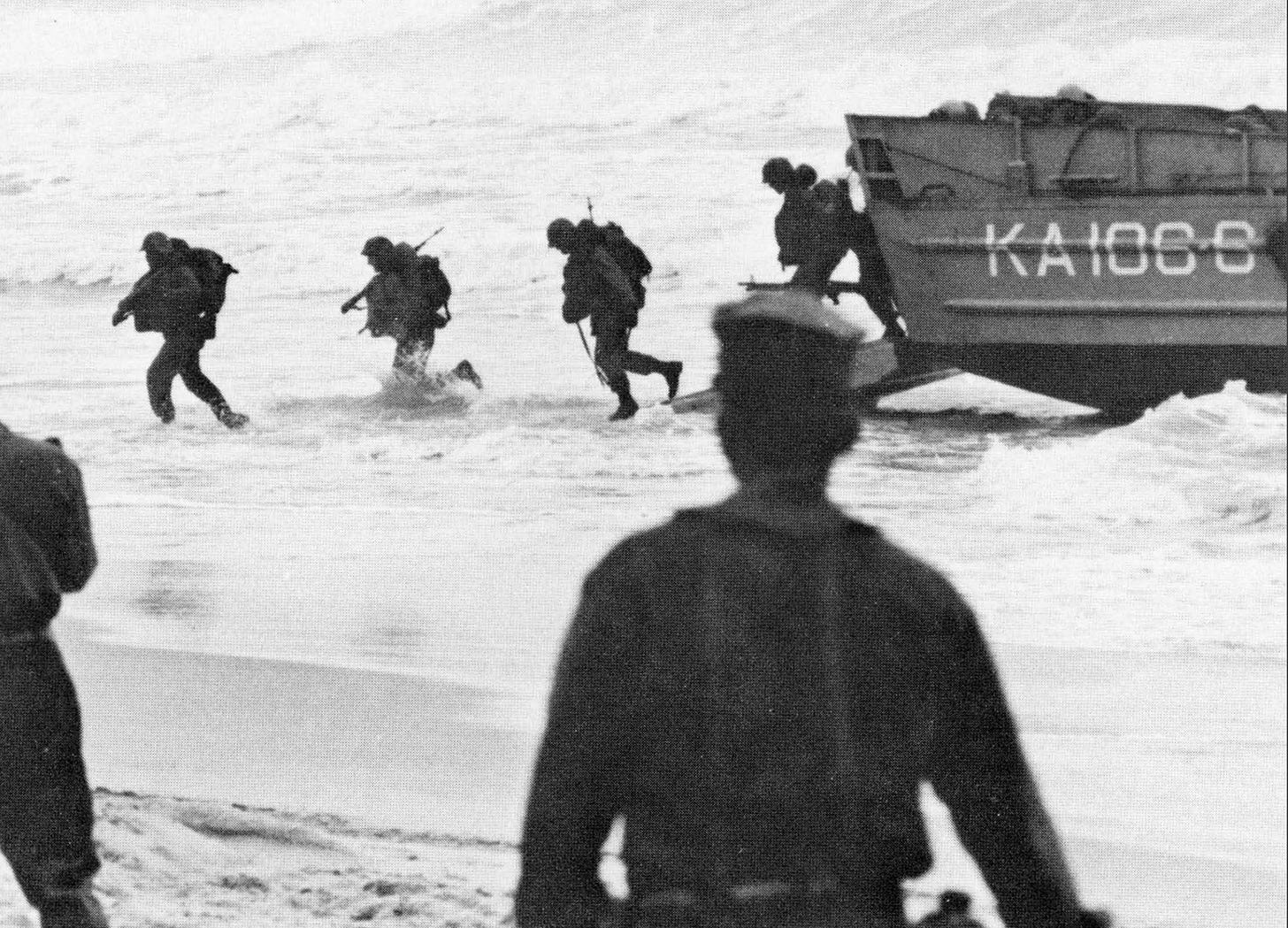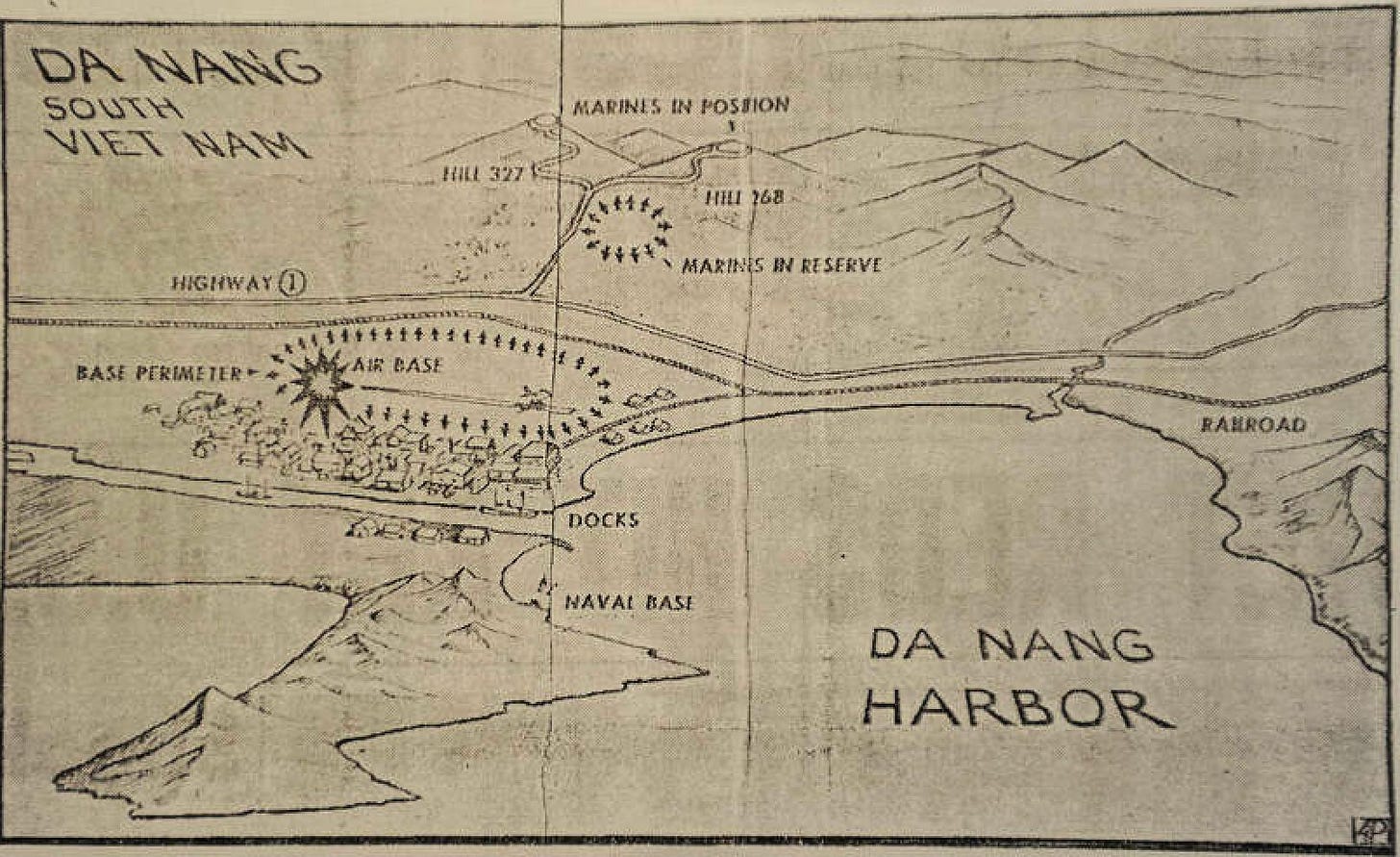1965-1975: The decade that molded America’s future
March 8, 1965. After years of advice and logistical support, the first American fighting force lands in Vietnam as a fighting force. Sixty years ago.
When MacArthur took the Japanese surrender on the deck of the battleship USS Missouri, World War II ended—officially. But the peoples who had been colonial subjects of both the victors and the vanquished still harbored dreams of independence and of remaking the world’s political structure, none more so than the Vietnamese.
The world broke roughly into the spheres of influence and government the Big Three (Roosevelt, Churchill, Stalin) agreed to at Yalta. Stalin’s goals weren’t limited to Eastern Europe, though—stern action by De Gaulle kept the Communist underground from taking power in France, but more than a trace of its influence remains there. Greece suffered through a three-year civil war, then began settling into the stable country it is now.
It was in Vietnam, however, that the war continued, both pushed and led by Ho Chi Minh and his Communist rebel group, the Viet Minh, and fueled by the immense armory the conquered Japanese had left behind.
Officially, the United States was in favor of self-rule by all colonies, but fears of Communist expansion were ascendant. Unlike at home, where the McCarthy wing of the Republican Party found Communists under a few beds, Stalin and the Chinese Communist Party fought hard to bring Vietnam fully into their orbits.
Unlike France, which was a fight between Communism and more-or-less Democracy, Vietnam was a fratricidal battle between Communists. Ho returned to Vietnam in 1941 (from China) to work in resistance against the Japanese and, in 1945, to declare Vietnam’s independence.
The American and British governments helped the French colonial army return to Vietnam from its wartime posts in other Asian countries. Truman personally approved using American C-47s retired in Burma and the Philippines.
Ho and his army resisted and by 1954 had defeated the French in the historical battle of Dien Bien Phi. By that time the American government was covering 80% of French colonial costs and had posted a growing number of advisors in the country, primarily in Saigon in the south.
The advisory period ended March 8, 1965, when 3,500 U.S. Marines landed at Da Nang, the first group by landing craft, the rest by air. The air base there was converted to a base for U.S. bombing missions, and sixty days later there were 25,000 American troops in the country.
Ten years later South Vietnam fell and the country came fully under its Communist government. It was not a domino—the region is relatively calm, and Vietnam has become a reliable supplier of consumer goods to American customers.
LINKS
U.S. Marines in Vietnam: The Landing… 1965
Truman announced continued support of French 1950
PartTimeParisian is the home of my Paris-based thriller series, which began with Treasure of Saint-Lazare, Readers’ Favorite's choice as the top historical mystery of its year. The latest is The Final Heist.
Thanks for reading.
John Pearce
Washington, DC




